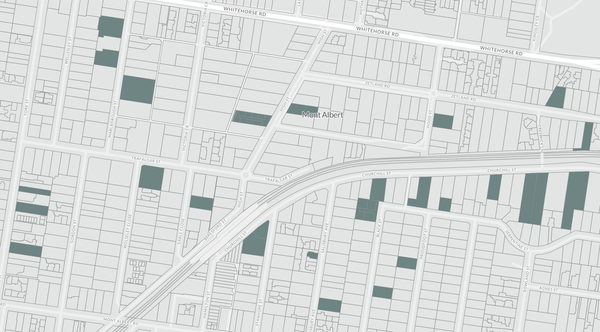Vegetation Protection Overlay
A Vegetation Protection Overlay (VPO) is a planning tool used by local governments to manage and protect native vegetation within their jurisdictions.
This overlay, part of a local planning scheme or zoning laws, sets out specific requirements or controls to ensure the preservation of important vegetation, including trees, shrubs, and other native plant species. The objectives of a VPO often include:
Conservation of biodiversity: Protects areas with significant native vegetation that provide habitat for wildlife, contributing to the conservation of biodiversity.
Landscape and aesthetic values: Aims to preserve the character and scenic values of a landscape, which can be important for community identity and well-being.
Environmental management: Helps in the management of natural resources, including water and soil quality, and can aid in controlling erosion and salinity.
Climate adaptation: Vegetation plays a crucial role in climate regulation, carbon sequestration, and providing shade and cooling in urban areas, making it a critical component of climate adaptation strategies.
Implementation and Impact
To implement a VPO, local councils or planning authorities map areas of significant vegetation and apply the overlay to these areas through the local planning scheme. Properties falling under a VPO may face restrictions or require permits for:
Removing, pruning, or otherwise disturbing protected vegetation.
Carrying out developments that could impact the vegetation.
Changing land use that might affect the status of the protected vegetation.
Before undertaking such activities, property owners usually need to apply for a permit from the local council, which will assess the application based on criteria set out in the VPO.
The imposition of a VPO can have various implications for property development and land use. While it plays a critical role in environmental conservation, it can also limit how property owners use their land, leading to potential conflicts or challenges in balancing development and conservation goals.
Critiques and Challenges
The effectiveness of a VPO can vary depending on how well it's implemented and enforced. Critiques often revolve around the perceived restrictions on property rights and development potential, the bureaucratic process involved in obtaining permits, and sometimes the lack of clarity or consistency in applying the overlay's provisions.

What does my plan include?
Paid yearly Paid monthly | Starter Free | Standard | Advanced | Enterprise Contact Sales |
|---|---|---|---|---|
Additional cost per member | ||||
Property Information | ||||
... and many more | ||||
Map Views | ||||
ICEYE Flood Layer? | ||||
Metromap high resolution aerial imagery? | ||||
... and many more | ||||
Tools | ||||
Measuring tools? | ||||
Planning permit filtering? | ||||
Planning permit alerts? | 10 per member | Unlimited | Unlimited | |
Save properties to Projects? | ||||
Site Consolidation ? | ||||
... and many more | ||||
Documents & Reports | ||||
Title and Document searches? | ||||
Premium property reports | 10 per member | Unlimited | Unlimited | |
... and many more | ||||
Business Features | ||||
Credit terms available | ||||
... and many more | ||||
